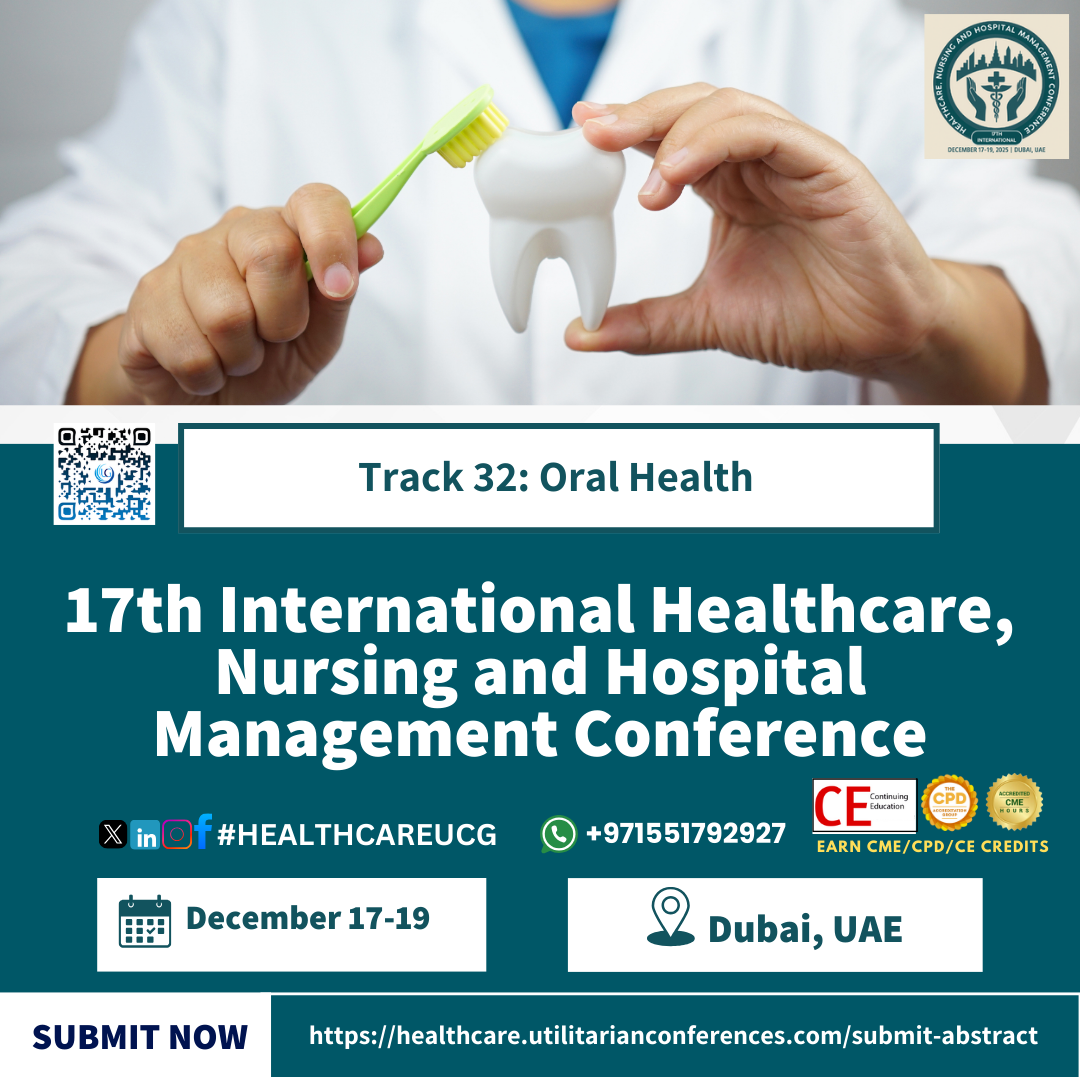



Primary healthcare is the first level of contact individuals, families, and communities...

Personalized and precision medicine are innovative approaches to disease prevention, diagnosis, and...

Oral Health: Why It Matters and How to Maintain It
Oral health refers to the well-being of your mouth, teeth, gums, and the entire oral-facial system that allows us to smile, speak, and chew. It is a critical component of overall health and well-being. Good oral hygiene helps prevent common issues like tooth decay, gum disease, bad breath, and even tooth loss. But its impact goes beyond the mouth—poor oral health has been linked to serious conditions such as heart disease, diabetes, and respiratory infections.
Overall Health Connection: The mouth is a gateway to the rest of the body. Bacteria from dental infections can enter the bloodstream, contributing to systemic conditions.
Nutrition and Digestion: Healthy teeth allow you to chew food properly, which is essential for digestion and nutrient absorption.
Speech and Confidence: Oral problems can affect how we speak and interact socially, impacting self-esteem.
Pain and Discomfort: Untreated dental issues can lead to significant pain and complications, affecting daily activities and quality of life.
Tooth Decay (Cavities): Caused by plaque and sugar, leading to holes in teeth.
Gum Disease (Periodontitis): Inflammation and infection of the gums that can cause tooth loss.
Bad Breath (Halitosis): Often due to poor oral hygiene or underlying issues.
Oral Cancer: Can appear as a sore or growth in the mouth and requires early detection.
Brush Twice a Day: Use fluoride toothpaste and brush for at least two minutes.
Floss Daily: Removes food and plaque between teeth that brushing misses.
Regular Dental Checkups: Visit the dentist at least twice a year for cleanings and exams.
Limit Sugary Foods and Drinks: Sugar feeds plaque-producing bacteria.
Avoid Tobacco: Smoking and chewing tobacco increase the risk of gum disease and oral cancer.
Drink Water: Helps rinse food particles and bacteria, and often contains fluoride.
Children: Early dental care can prevent future issues—start cleaning even before the first tooth appears.
Seniors: Aging can lead to dry mouth, tooth wear, and gum issues—continued care is essential.
People with Medical Conditions: Diabetes, for example, increases the risk of gum disease.
The goal of telenursing is to improve access to healthcare, especially for those in remote or underserved areas, and to enhance the efficiency of care delivery.
Telenursing
represents a significant advancement in healthcare delivery, leveraging
technology to bridge the gap between patients and healthcare providers. Here’s
a detailed overview:
What is Telenursing?
Telenursing
involves providing nursing care through telecommunications technology. This can
include:
Benefits of Telenursing
Challenges and Considerations
Applications in Healthcare
Telenursing
has become increasingly important, especially with the growth of telehealth
services and the need for accessible healthcare solutions.
#Healthcare #ConferenceDubai #NewYear2026 #BurjKhalifa #DubaiMahal #HospitalManagement #PatientSafety #HealthcareDubai #UAE2026 #MedicalConference #SmartHealthcare